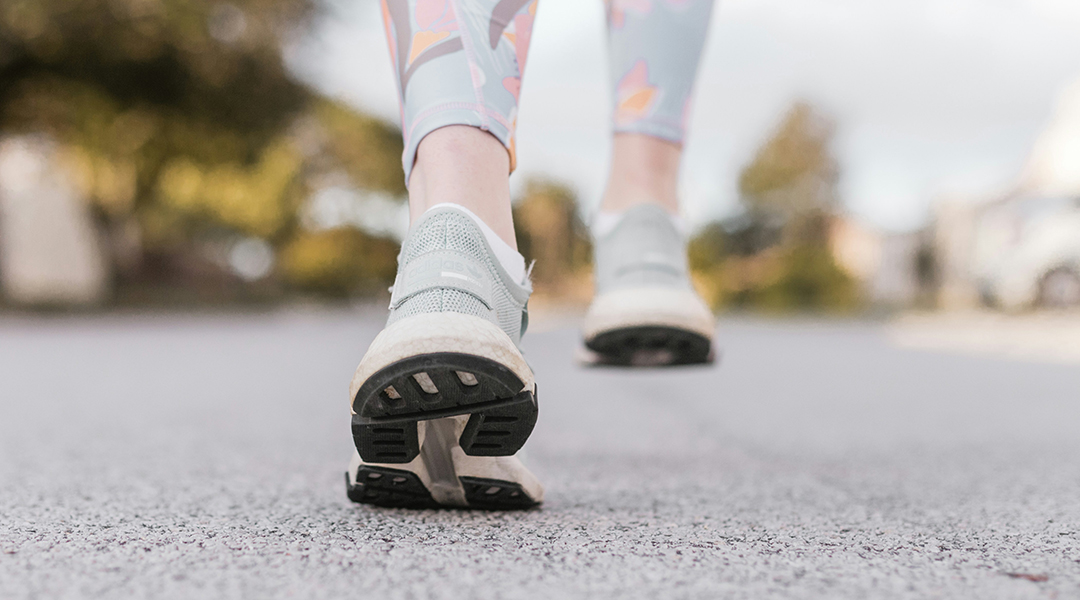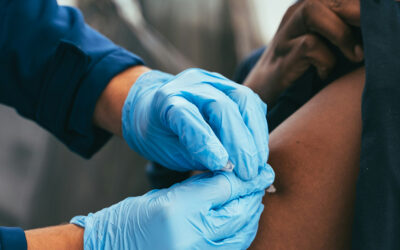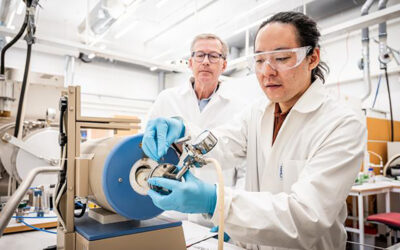A sock fitted with pressure sensors could spare patients with diabetes the pain and risk of severe foot problems. The diagnostic sock, developed by researchers in Korea, quickly and accurately diagnoses abnormal walking technique, or gait, and prescribes specialized training to prevent worst case scenarios, like amputation.
“Patients with diabetes tend to put pressure on the metatarsal area of the foot, rather than the heel,” said Ki Hong Lee, one of the socks inventors, in a press release. Identifying this unique walking pattern could provide important preventative interventions.
For diabetics, complications from damage to the nervous or circulatory systems are common, especially in the foot. Numbness, tingling, or pain are normal in this group, and subtle changes in how pressure is distributed across the foot can lead to ulcers and infections, which may require amputation.
“Identifying walking issues early using an electronic sock would enable patients to learn a healthy walking style and prevent serious foot problems,” Lee said.
Needing a convenient and quick way to diagnosis gait issues before they became a problem, Lee and his colleagues wanted a wearable device. This allows real-time monitoring of the foot and detection of changes that are often imperceptible to the patients themselves.
To test the idea, 20 patients with diabetes and 20 participants without wore socks, each fitted with a balistocardiogram (BCG) sensor, which records body movements caused by the mechanical activity of the heart. The sensor monitored pressure and heartrate for 40 seconds while standing and 40 seconds while walking, and the researchers used two established indices to evaluate the patients feet for nerve and blood vessel damage.
According to the team’s press release, the goal of measuring heart rate was to evaluate how accurately the sock could serve as a measurement tool compared to an electrocardiogram (ECG), which is the gold standard. To conduct this analysis, the ECG readings for each study participant were compared with the BCG readings taken from the sock. The researchers found that the heart rate measurements from the BCG sock were nearly identical to those from the ECG.
Results were presented at the European Heart Rhythm Association 2024 scientific meeting, and showed the sock could distinguish between participants with or without diabetes. As expected, patients with diabetes placed more pressure on the metatarsal area, located at the forefront of the foot.
Next, they compared results from patients with diabetes with or without nerve and circulatory system damage. There were no differences in pressure distribution between patients with or without nerve damage but there was a detectable difference among patients with diagnosed blood vessel damage.
“The pressure measurements showed that the sock could identify patients with diabetes, and could also pinpoint patients with diabetes and poor circulation,” said Lee.
Lee sees this device aiding in diagnoses and prevention as it can quickly determine whether a patient needs gait training and subsequently report on the success of that training. In an email to Advanced Science News, Lee said, “If gait remedial therapy would be a therapeutic alternative, re-evaluation of pressure distribution after gait remedial therapy and clinical follow-up for diabetic complication is the essential step.”
Lowering costs and producing devices that are tailored to an individual’s foot are the next steps for Lee and his colleagues as they work toward a device that is easily and comfortably used during daily life. “The most important findings should be identified during real life behavior,” said Lee.
Reference: Wearable self-powered ballistic signal detectors with ferroelectric composites arrays for cardiovascular and diabetic complication, presented by Ki Hong Lee April 7 2024 at EHRA 2024, Berlin, Germany
Feature image: Unsplash

















